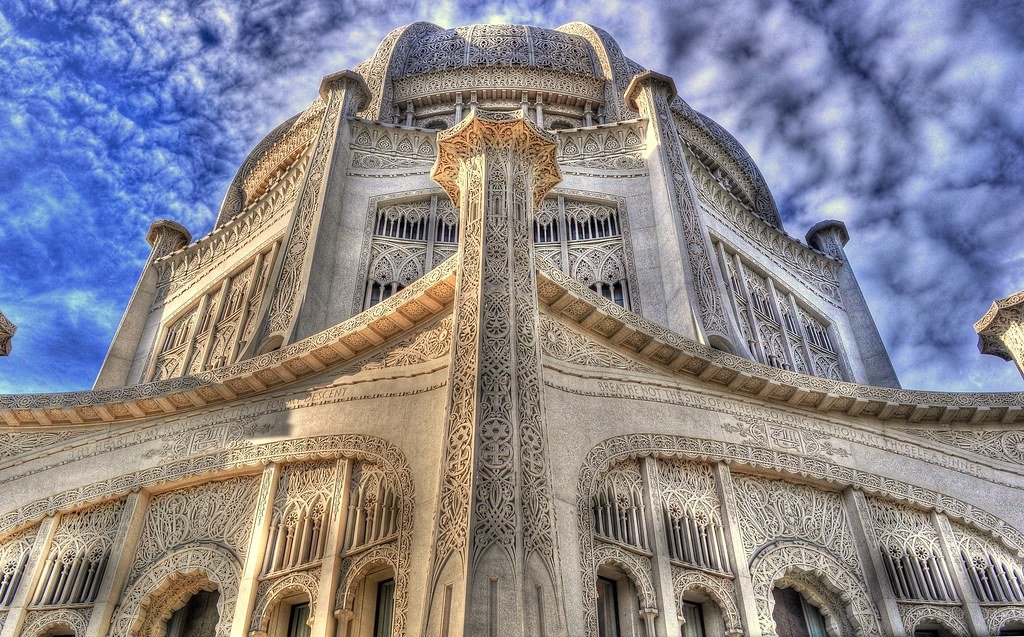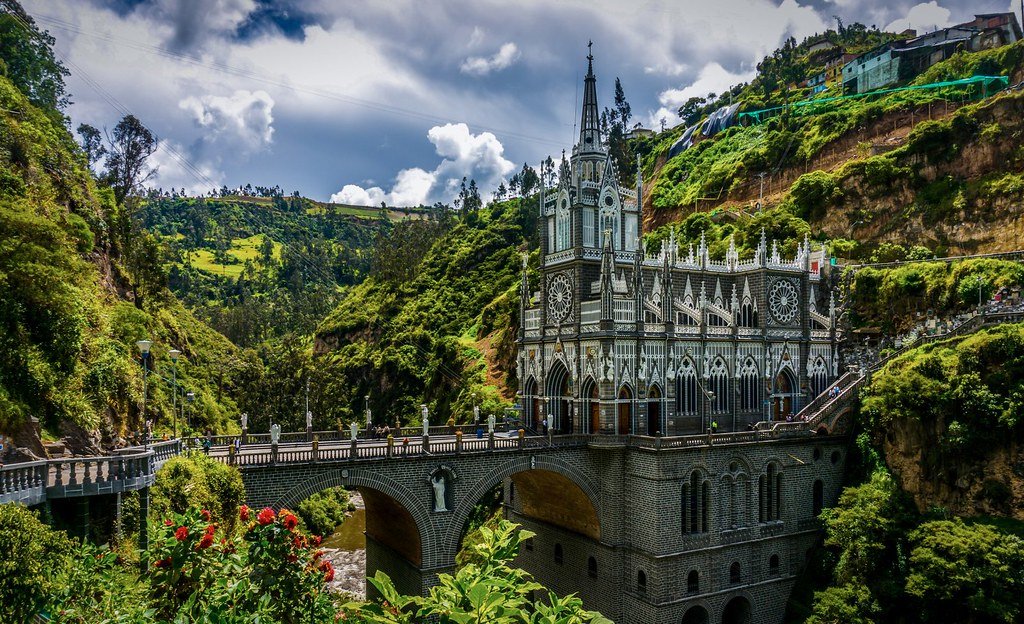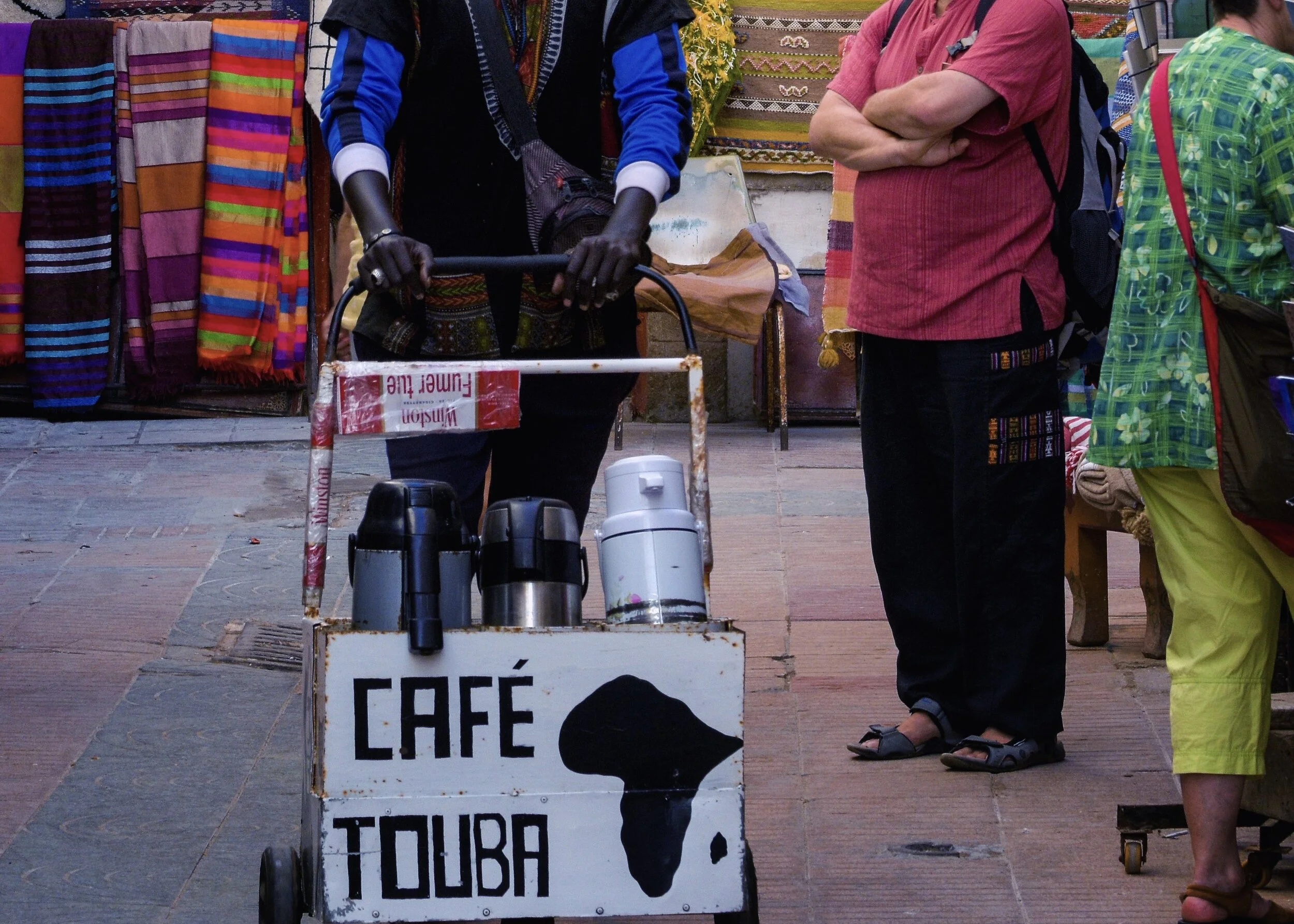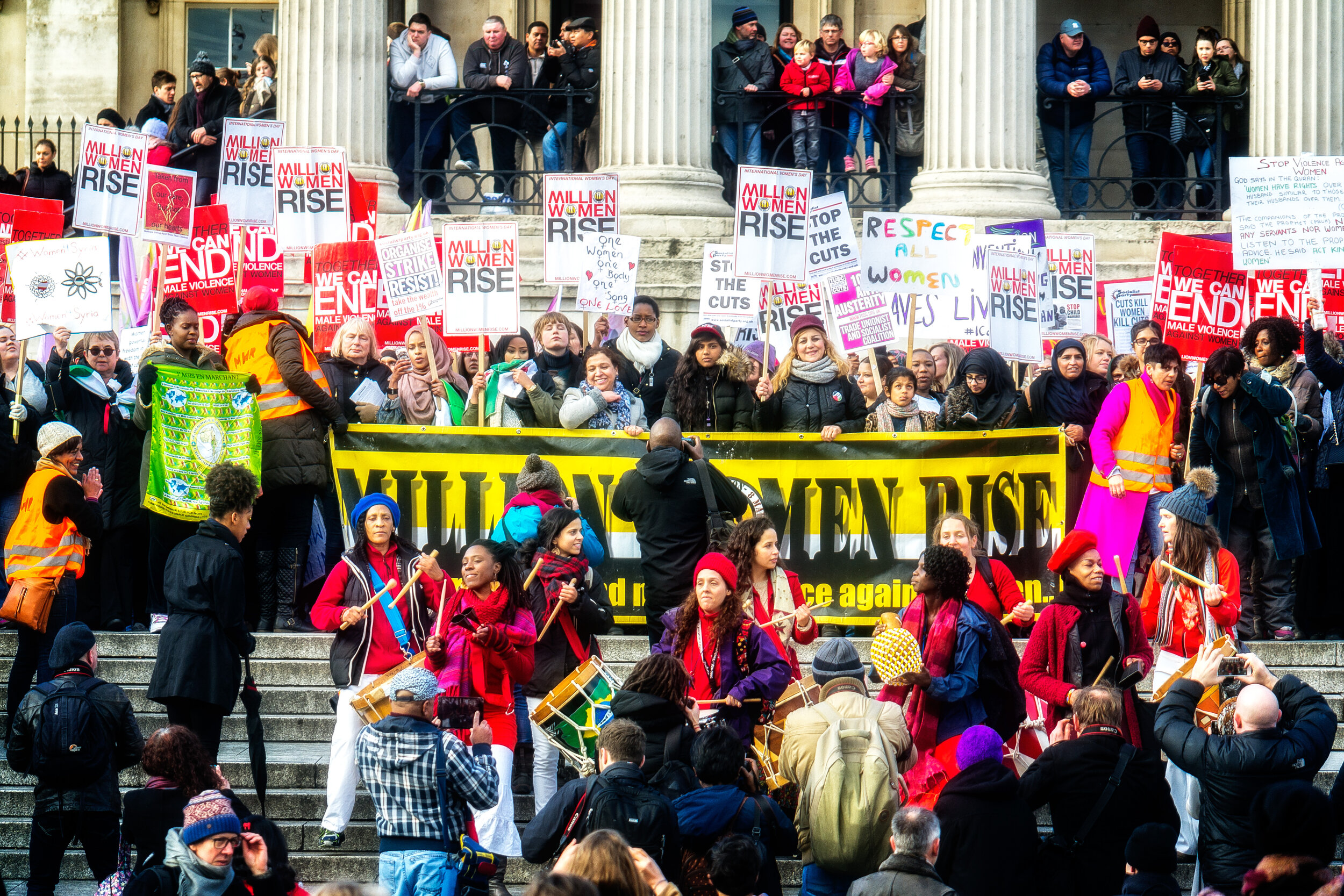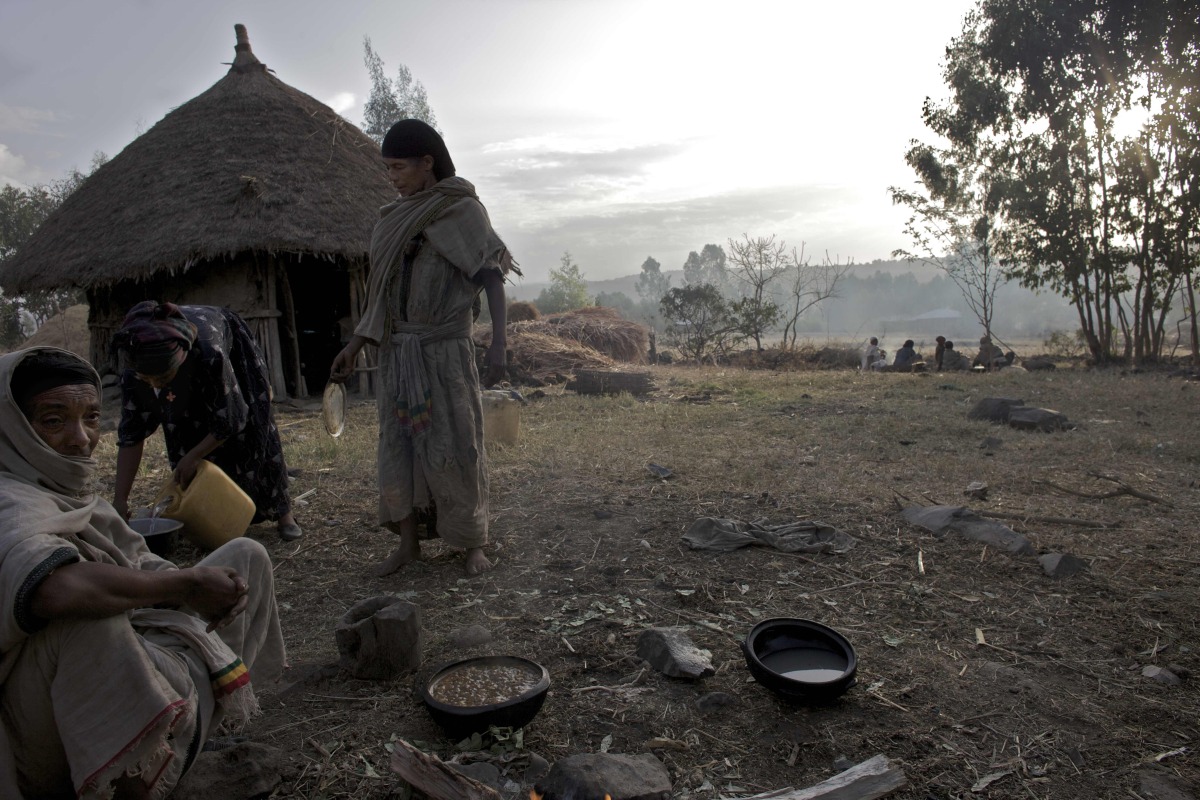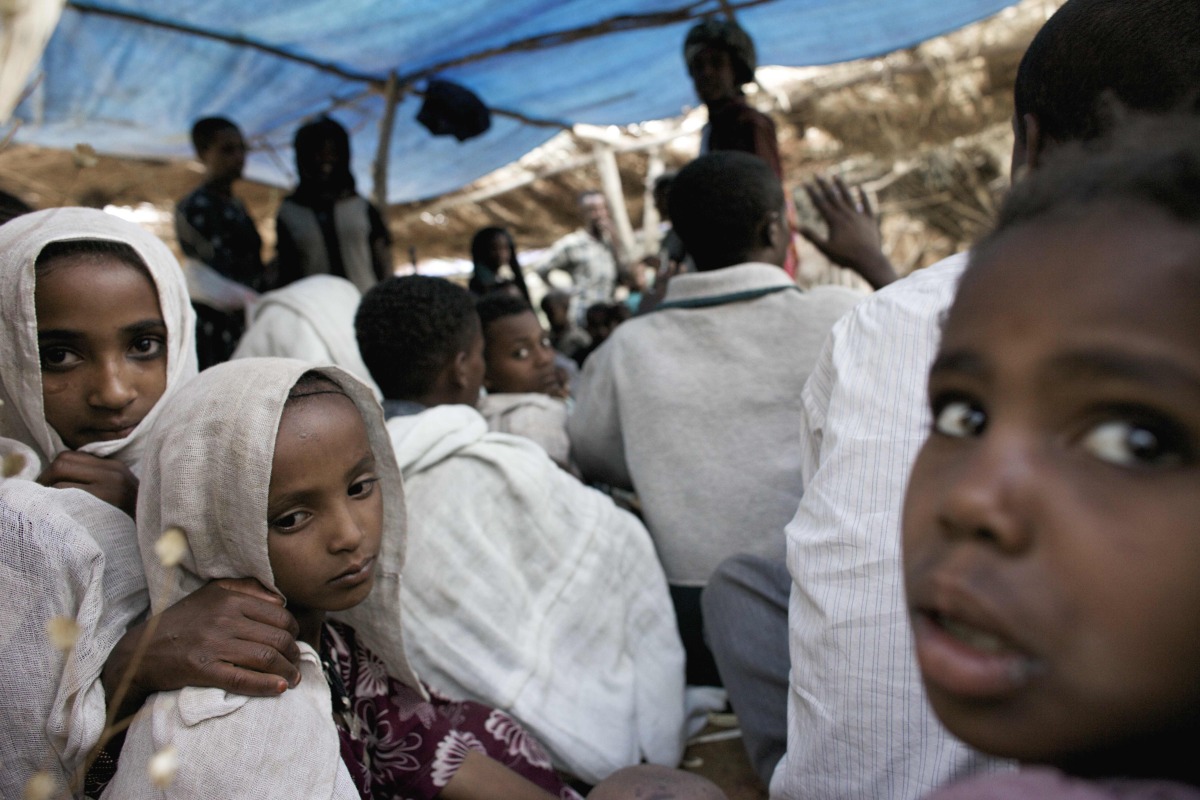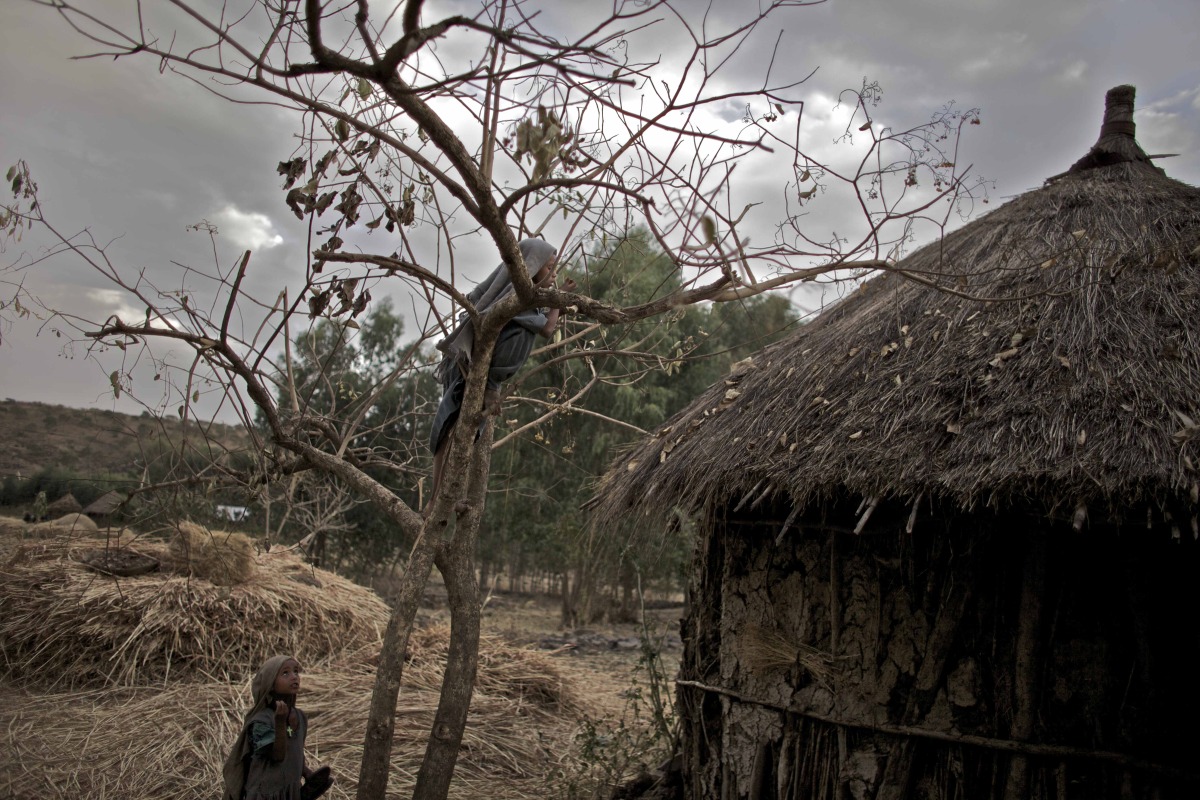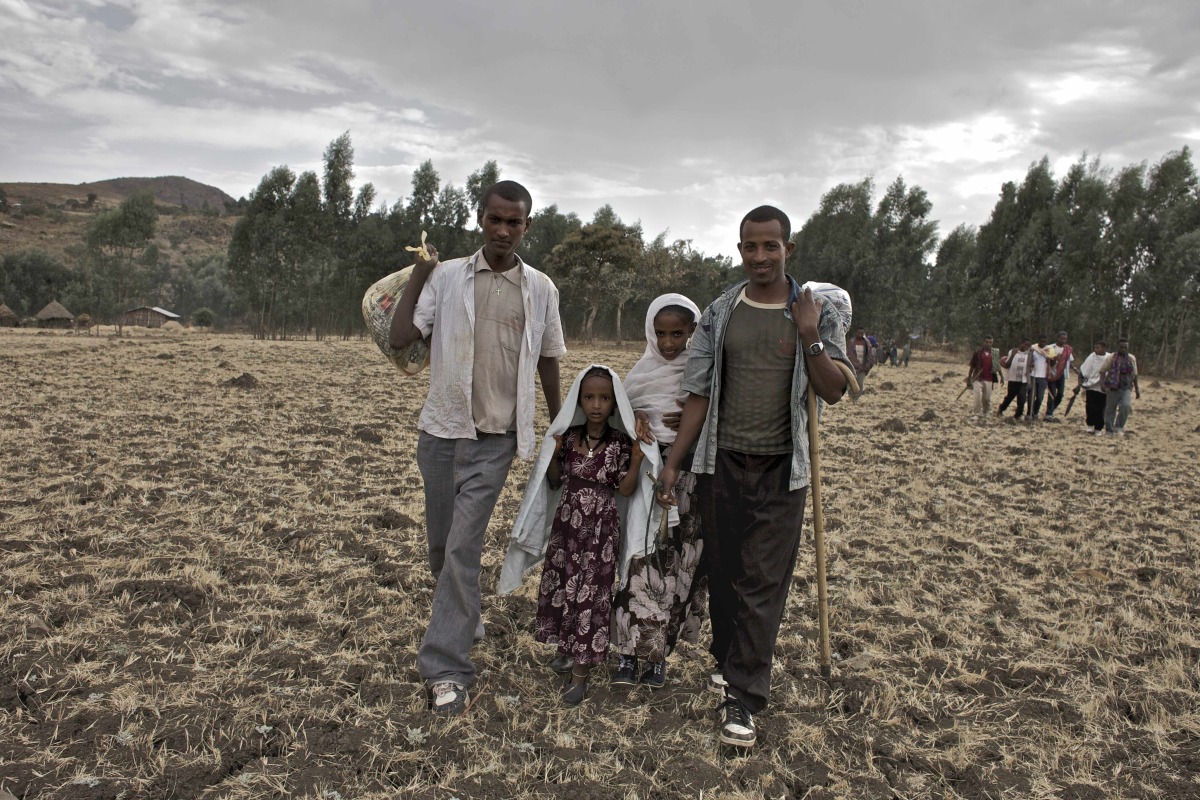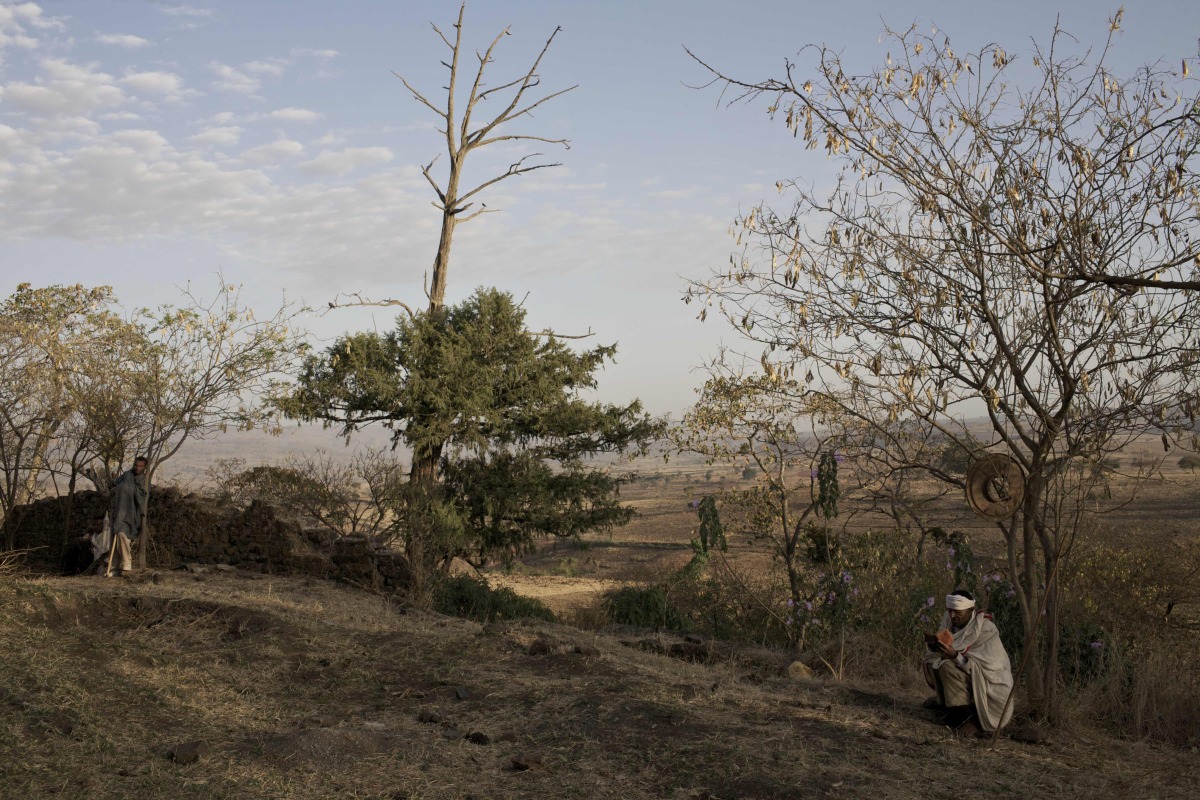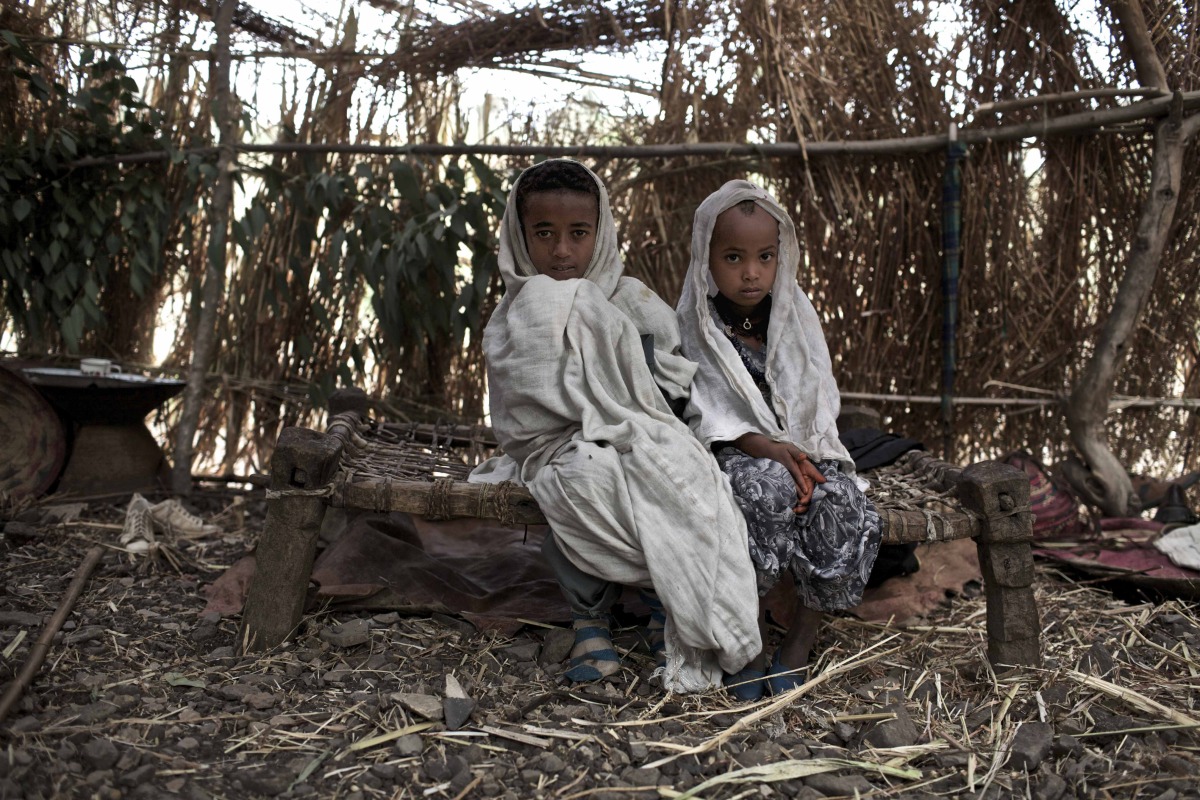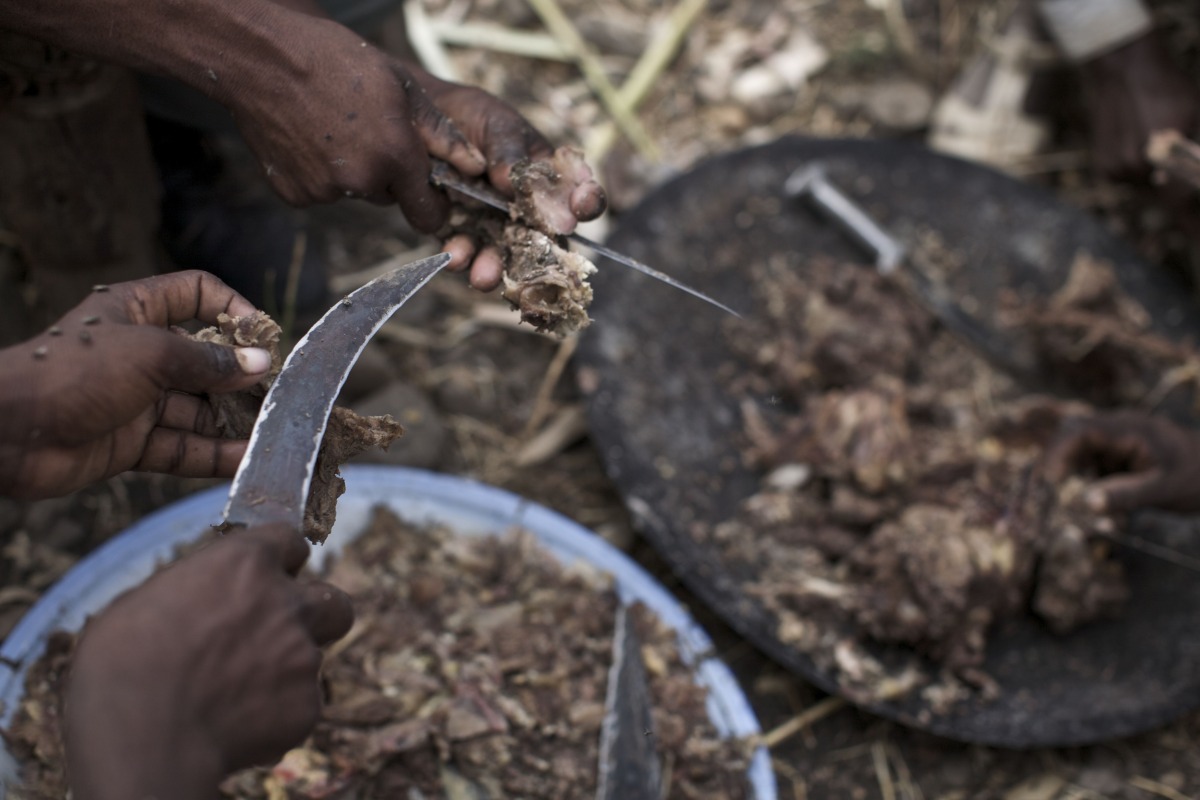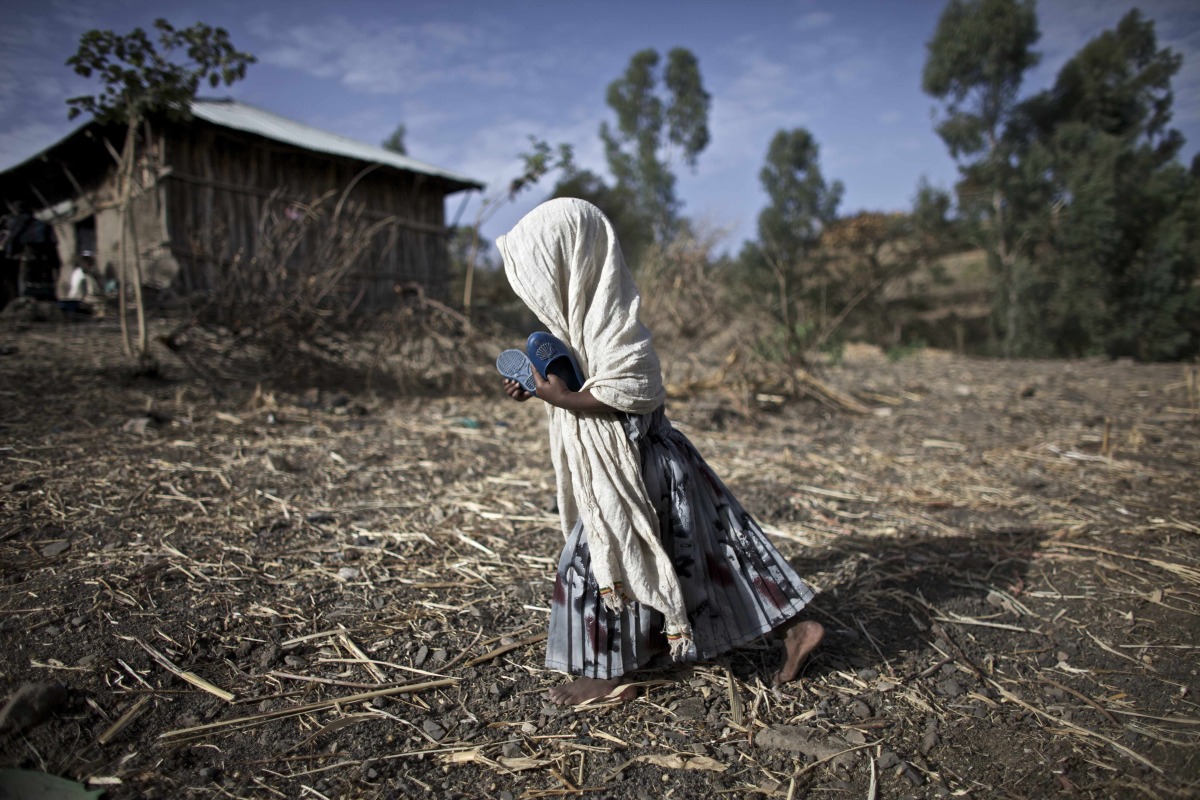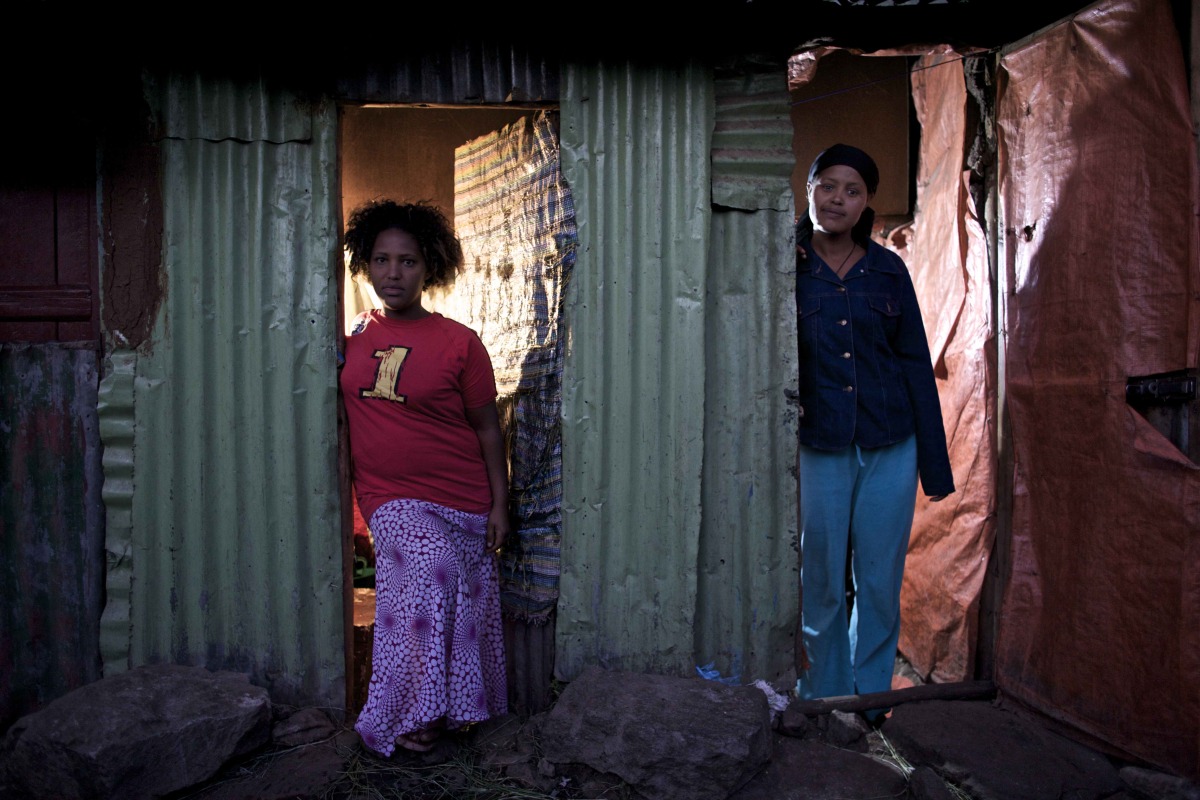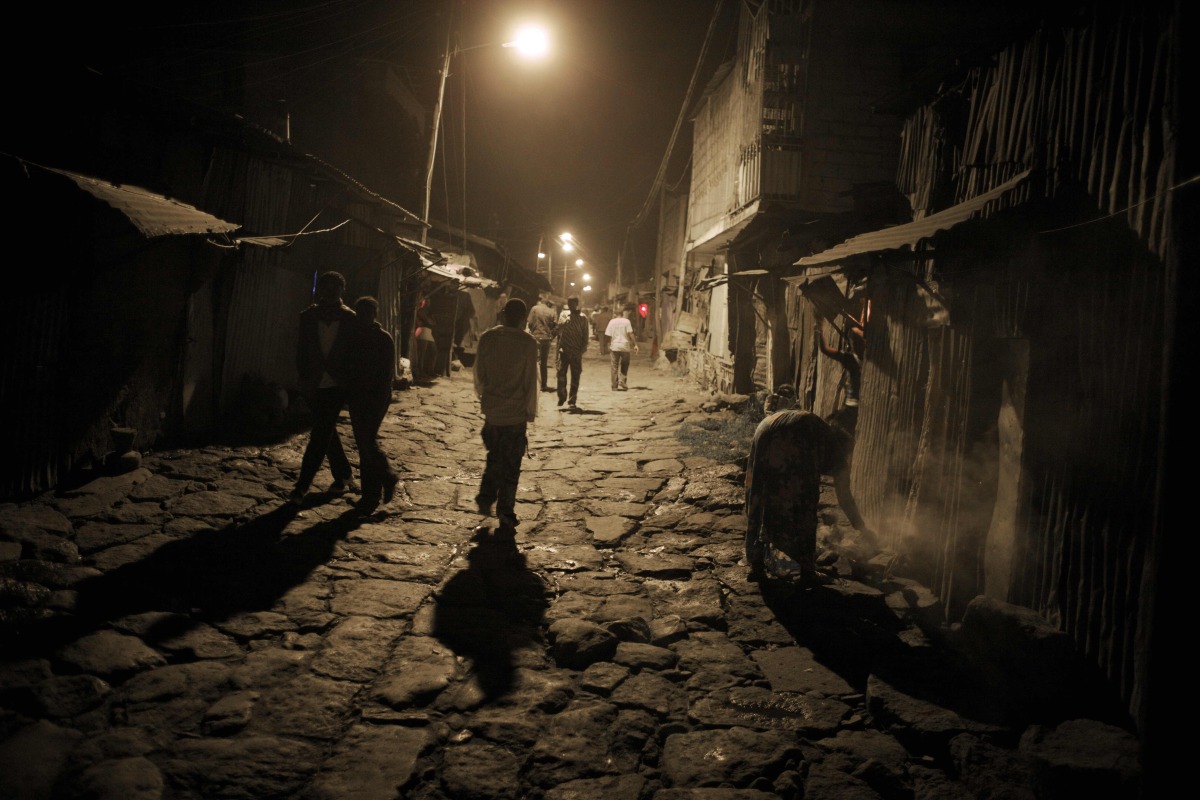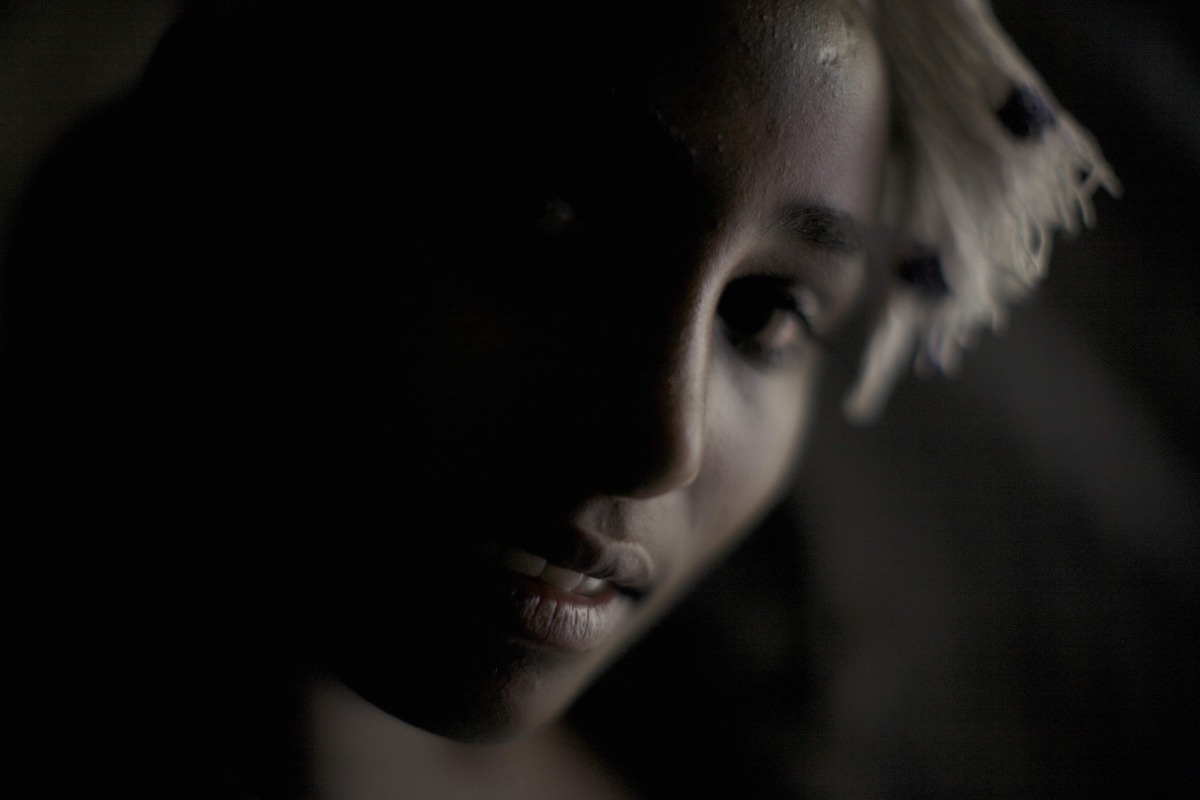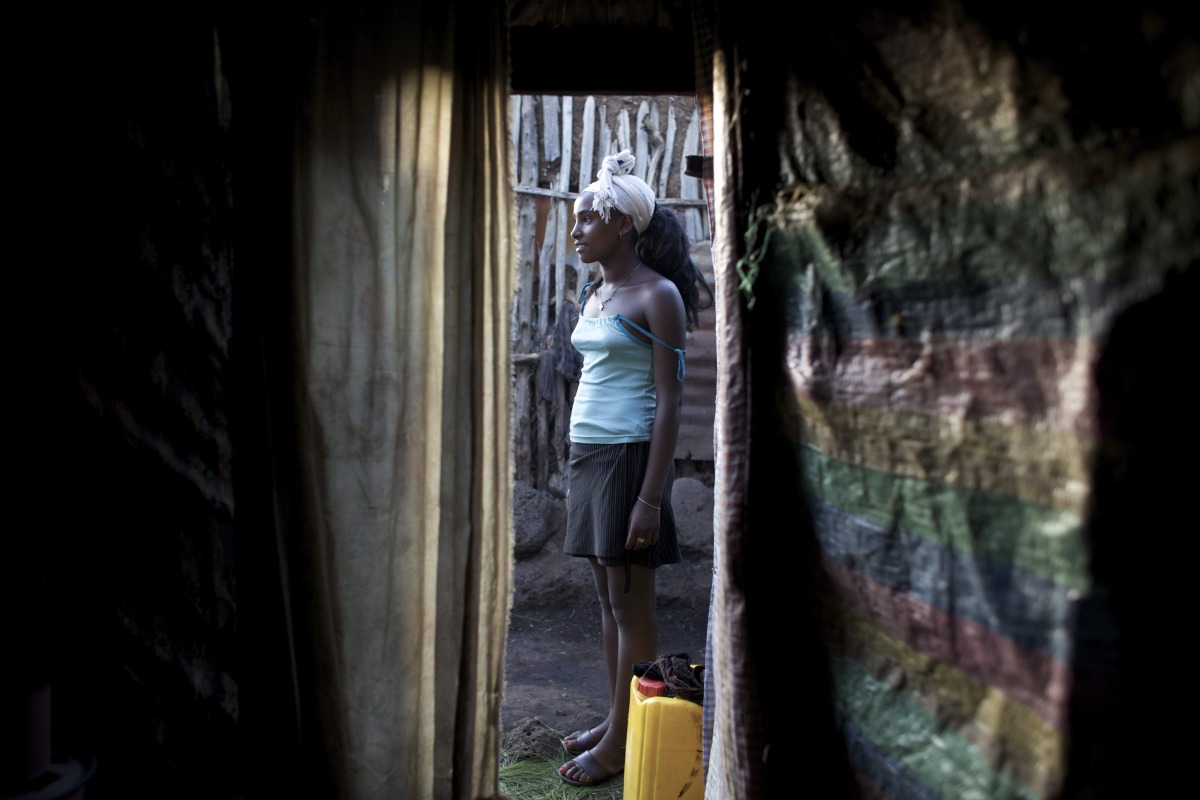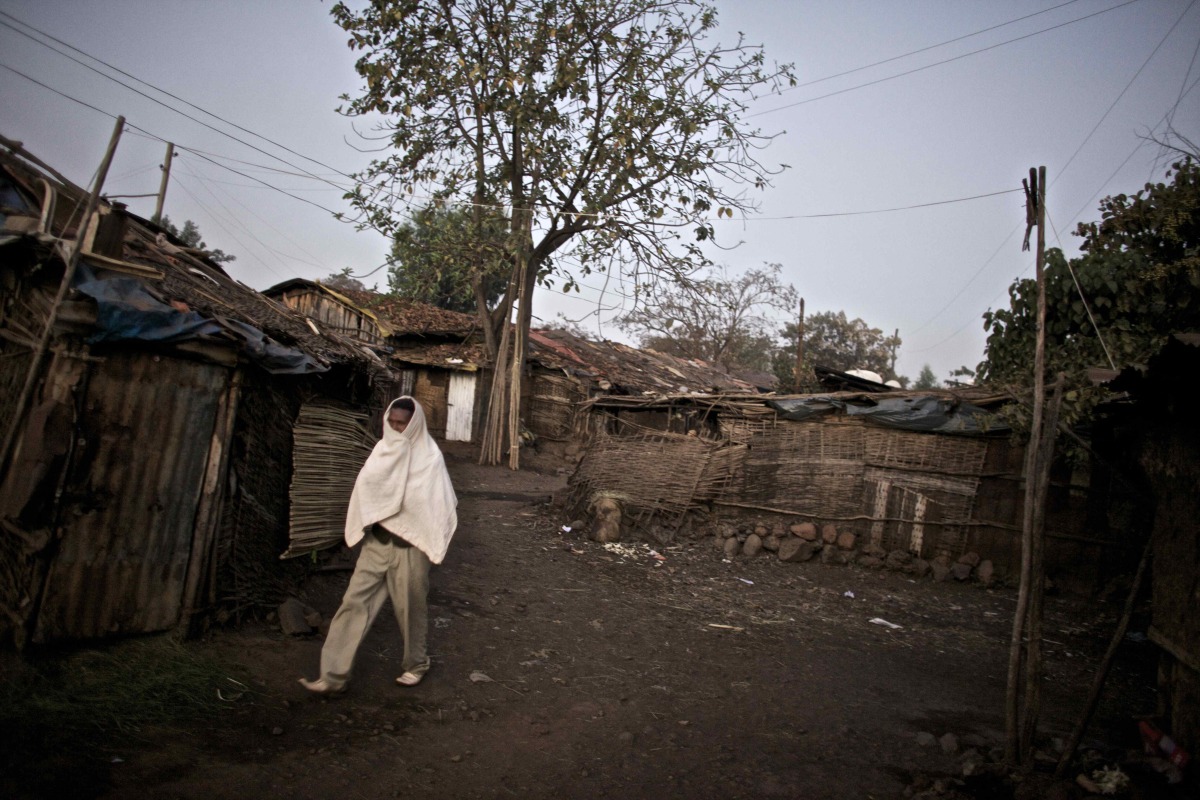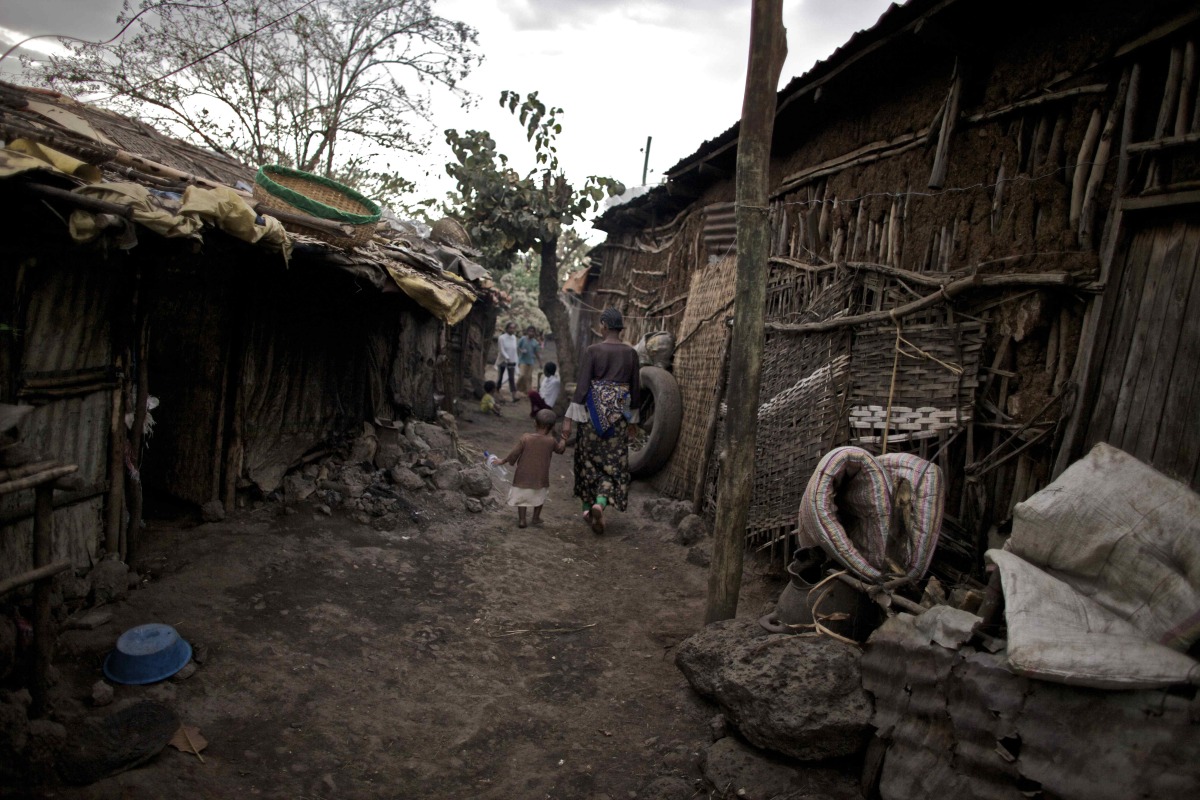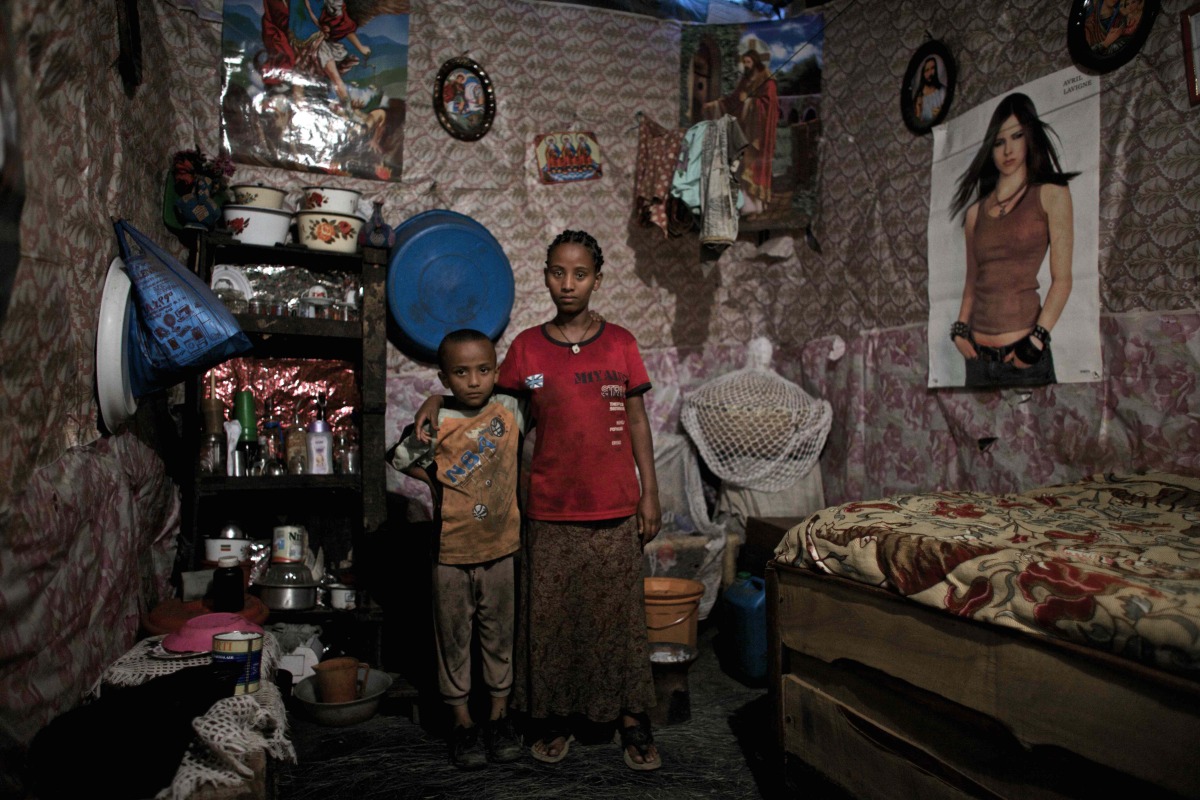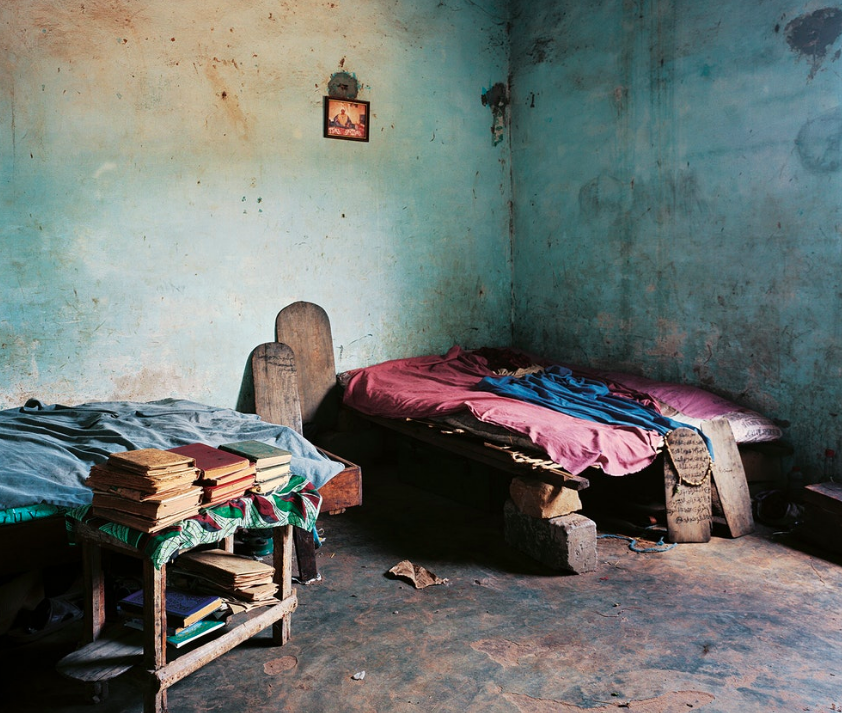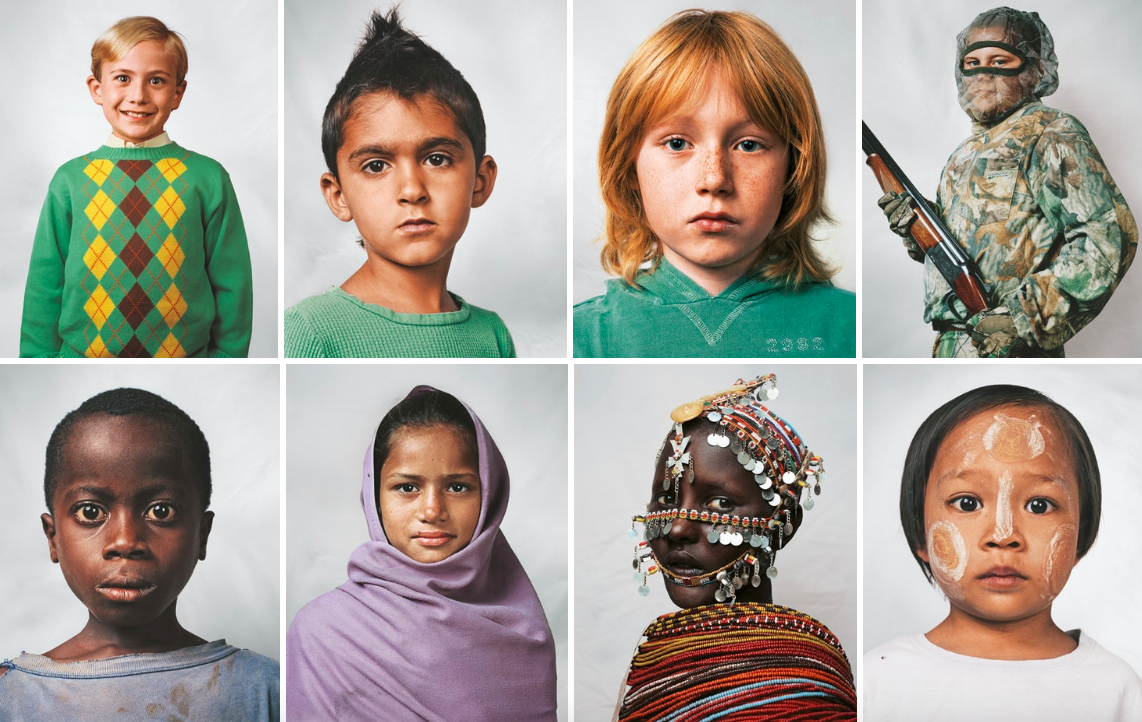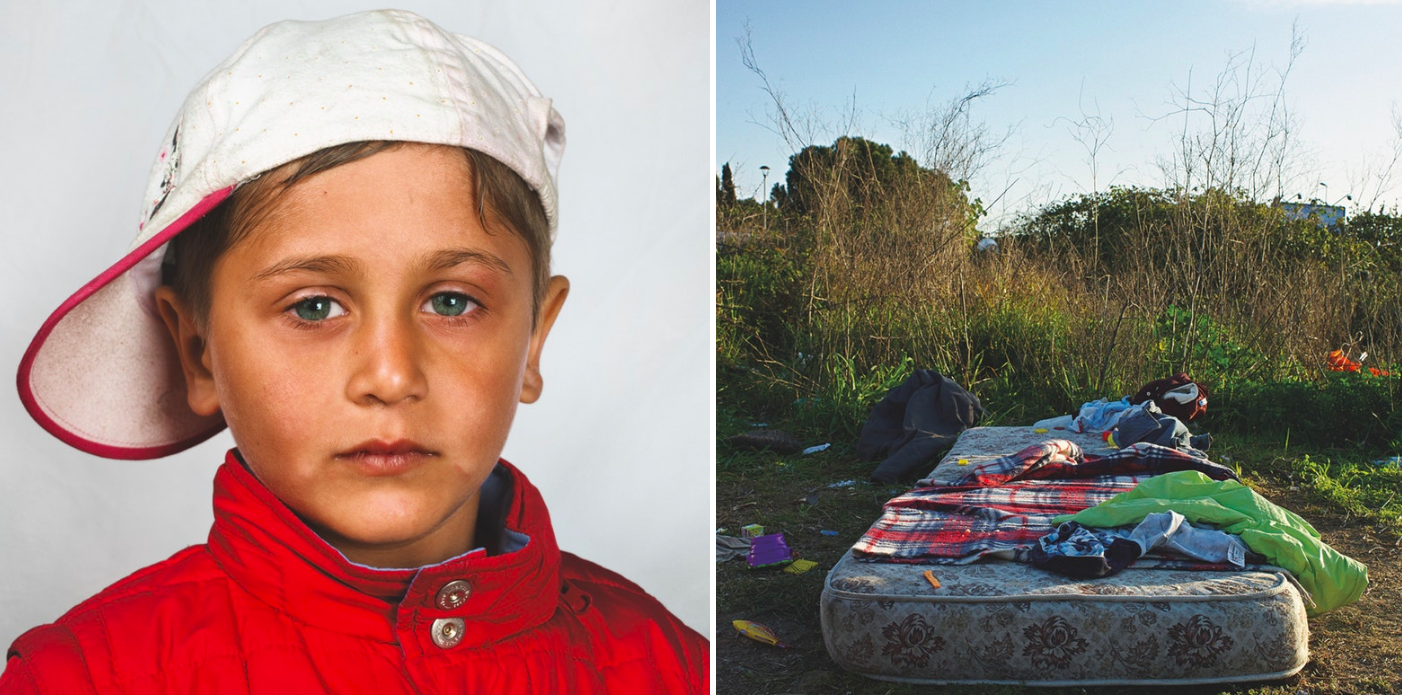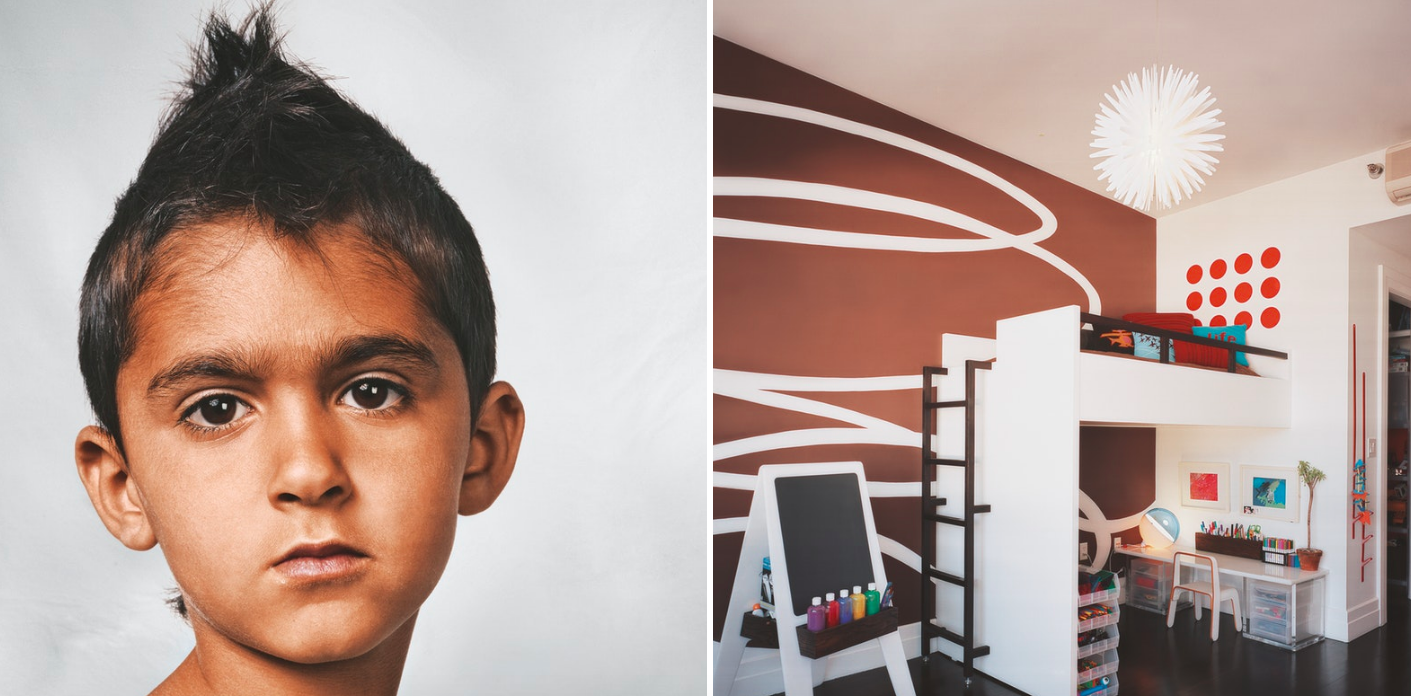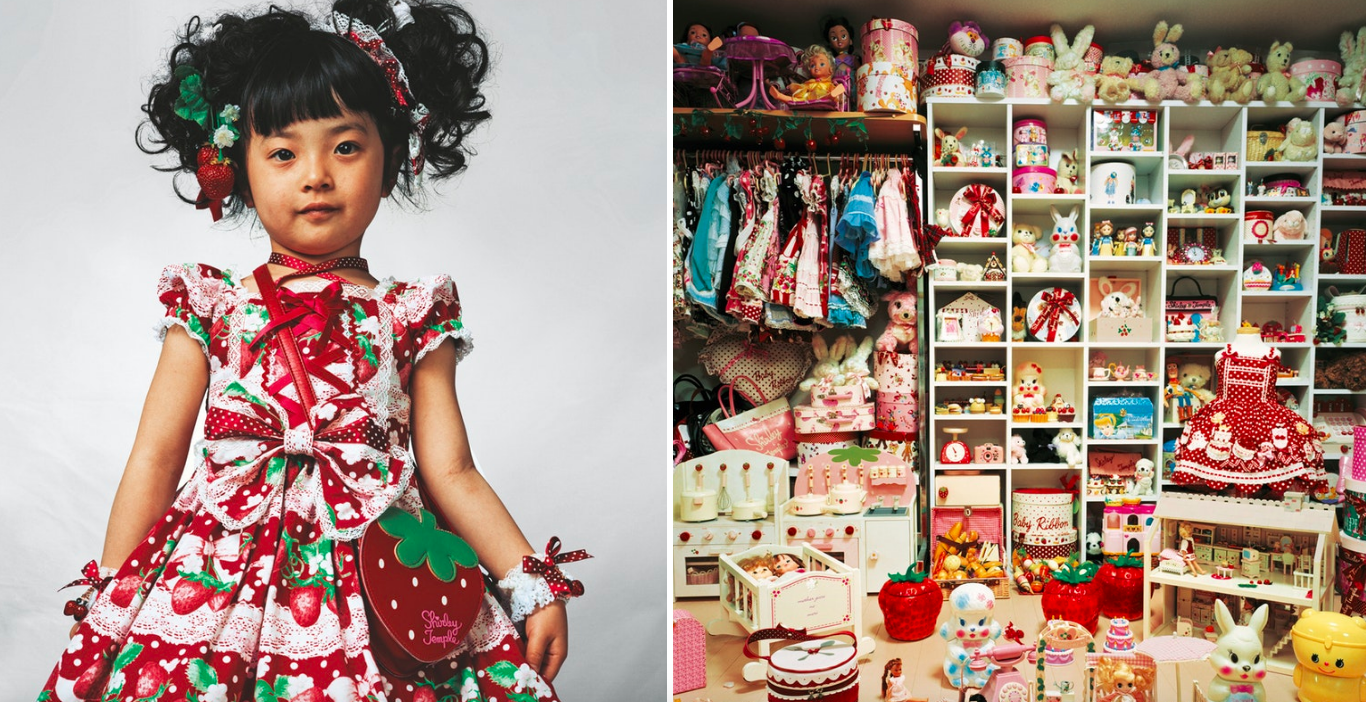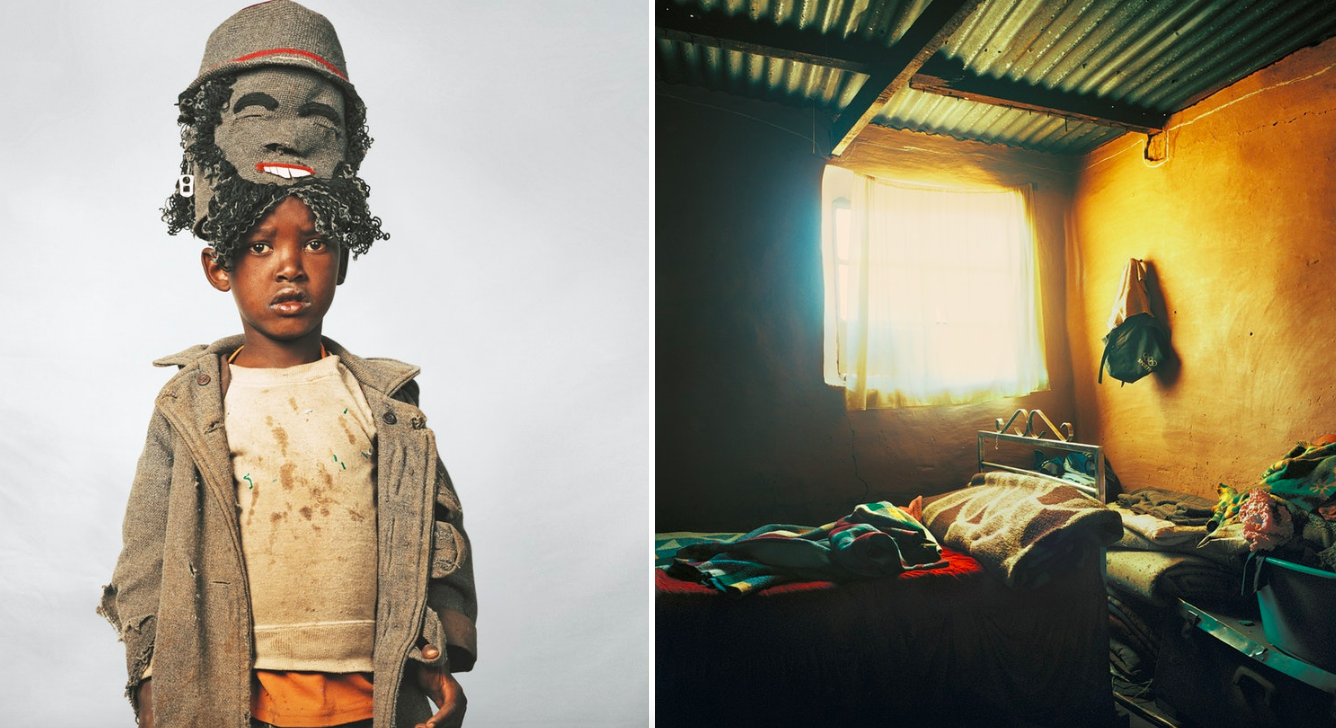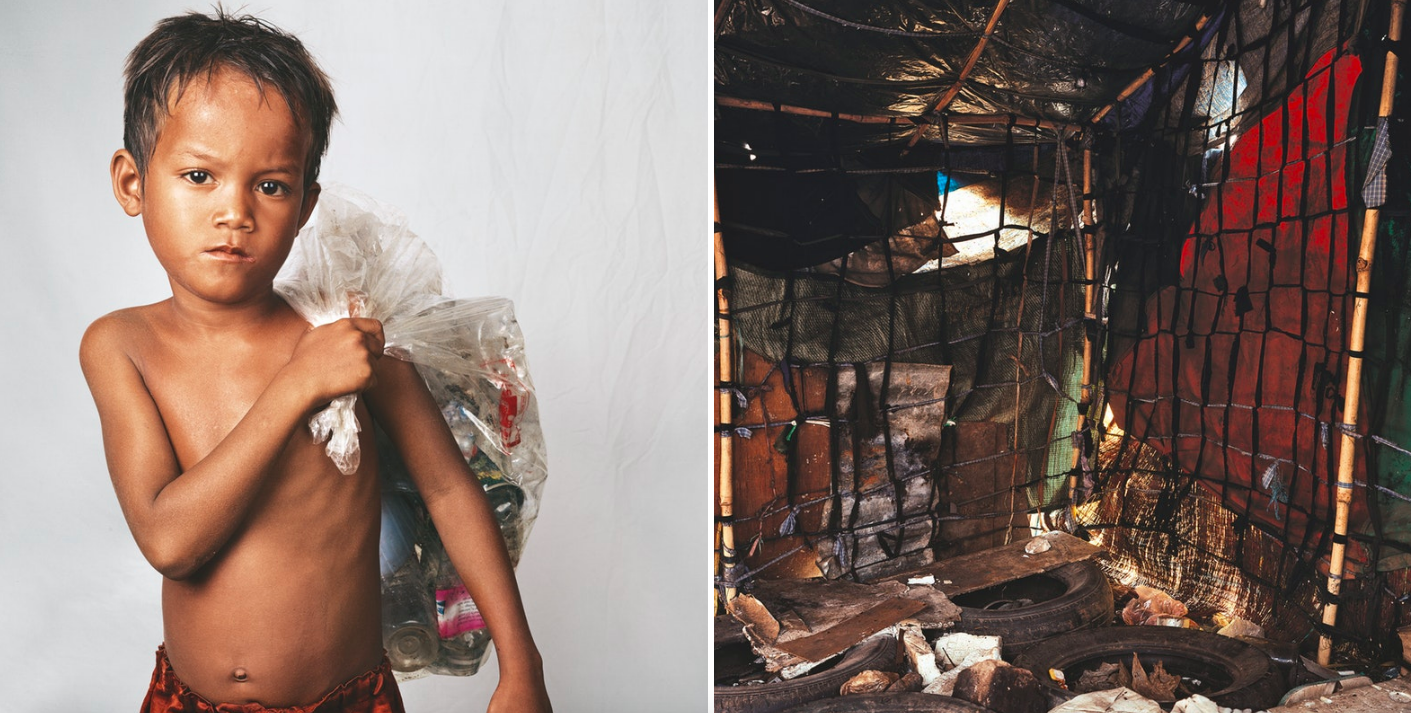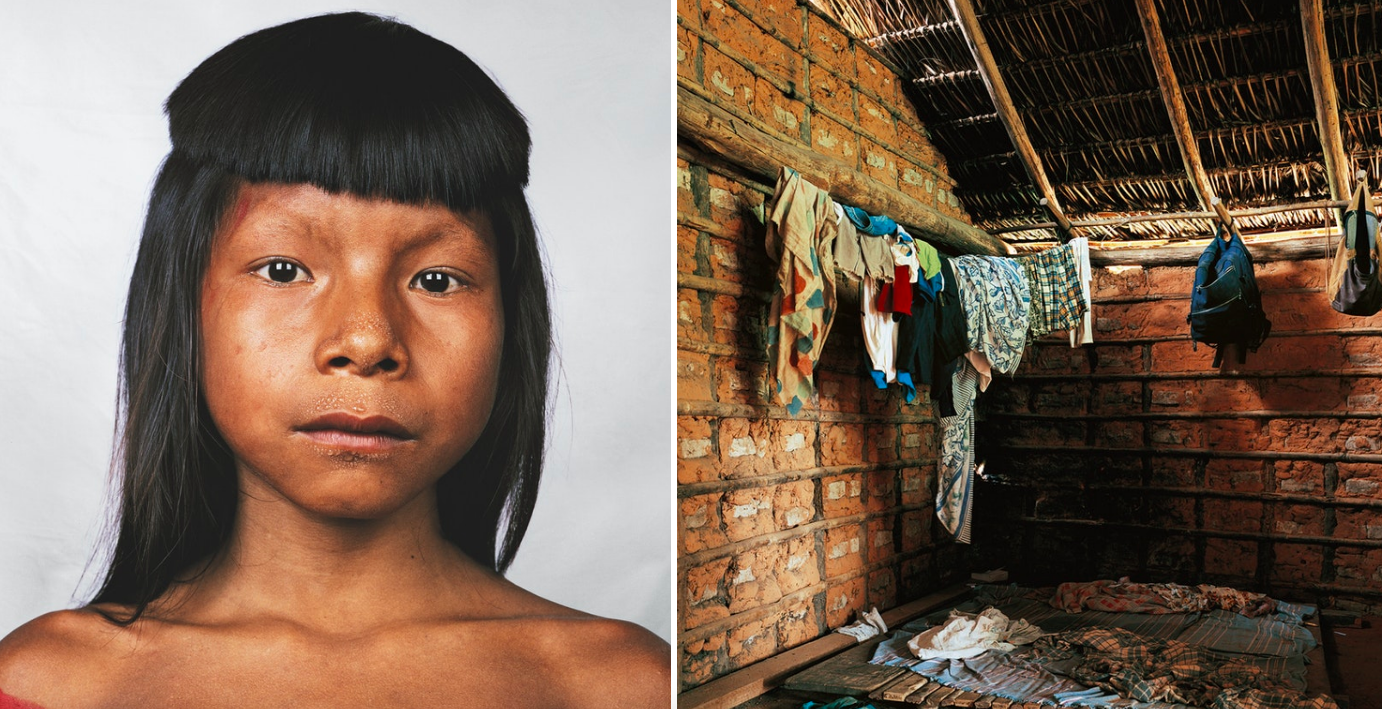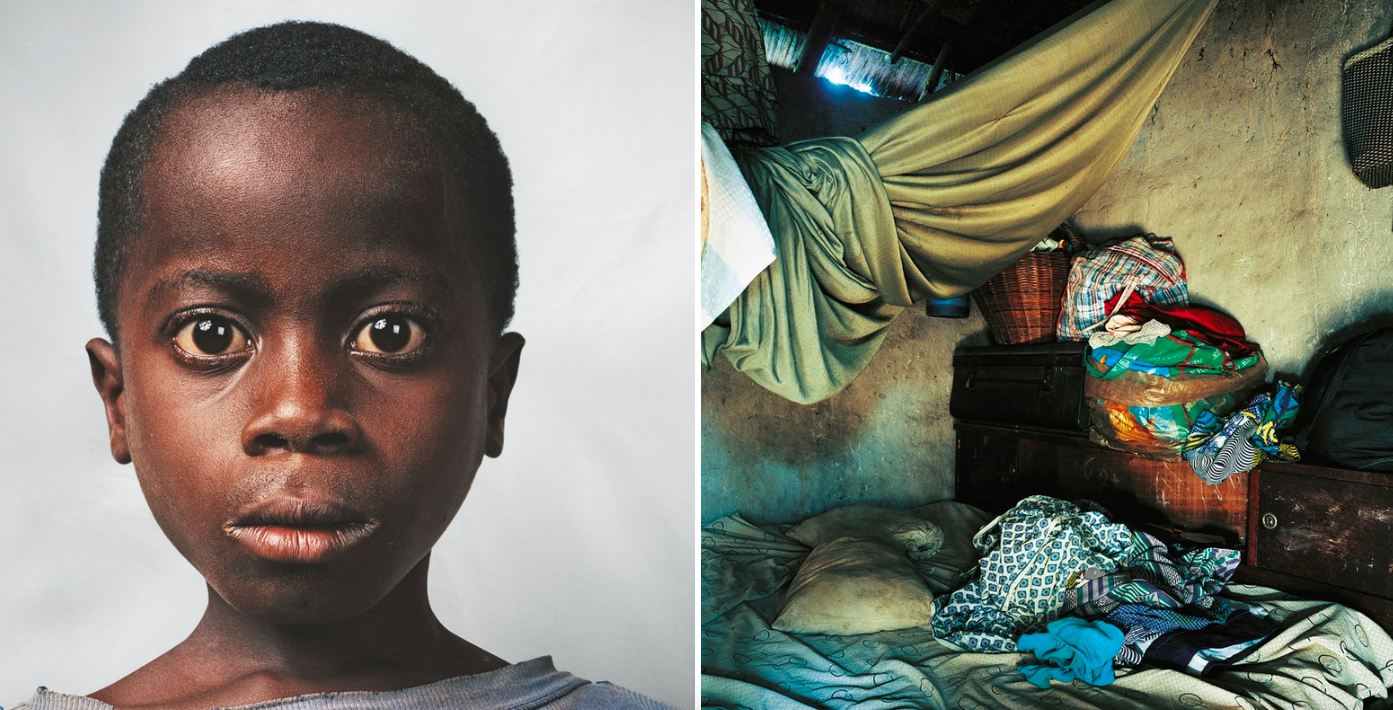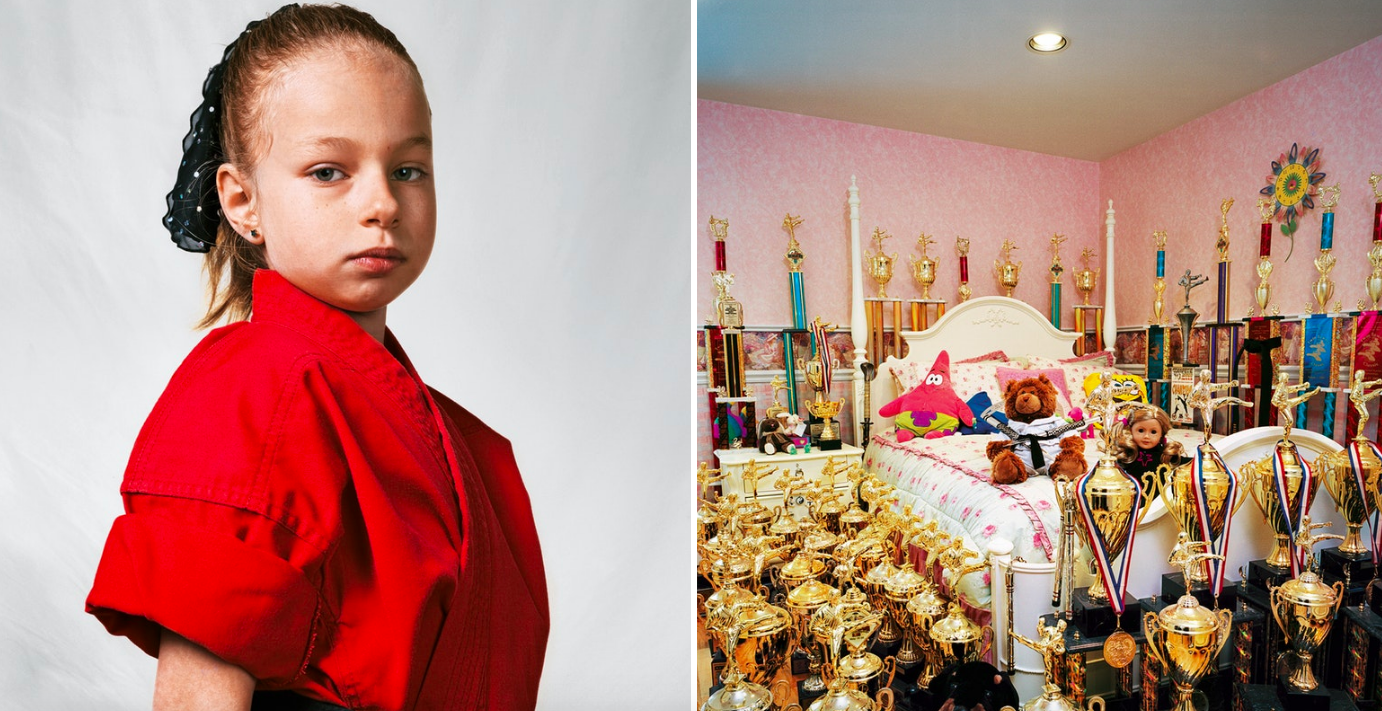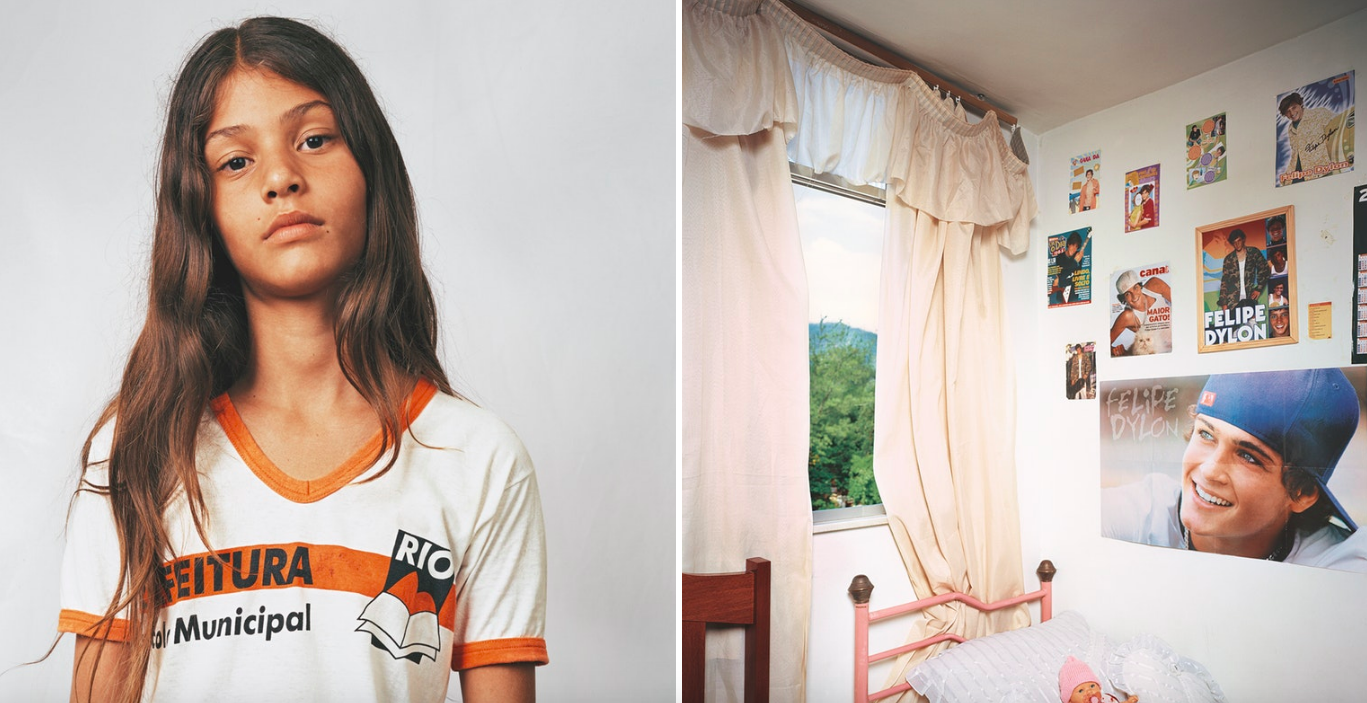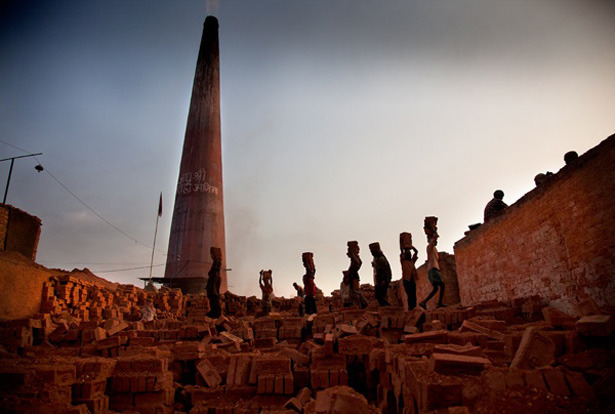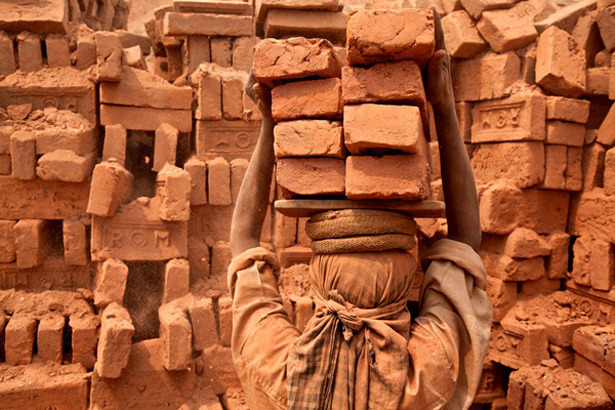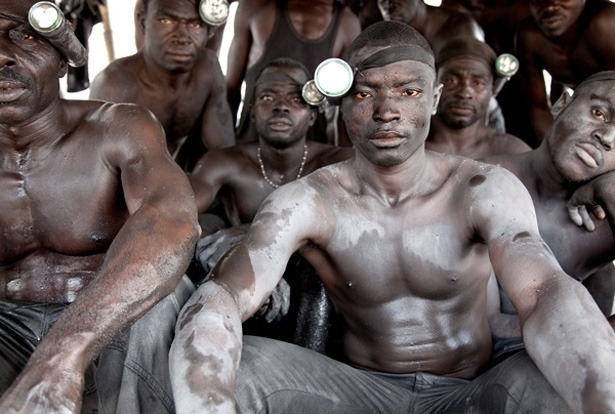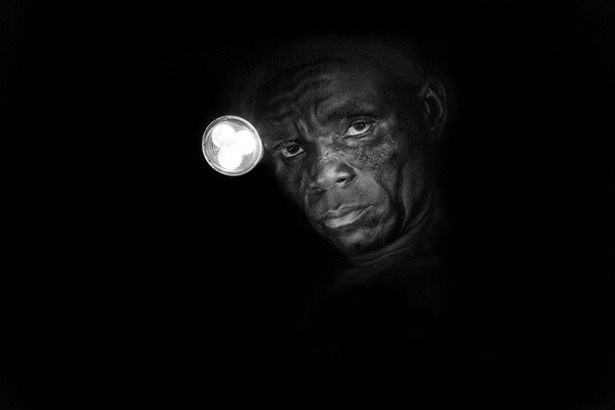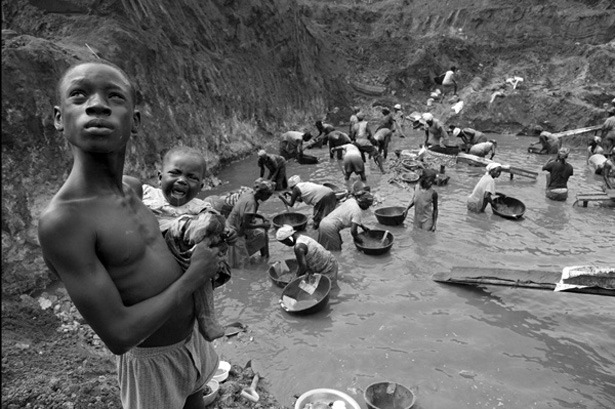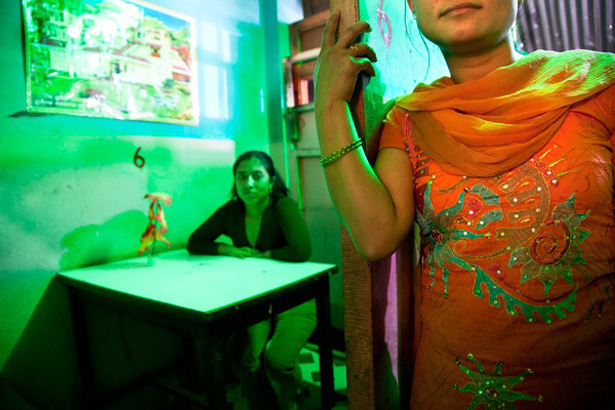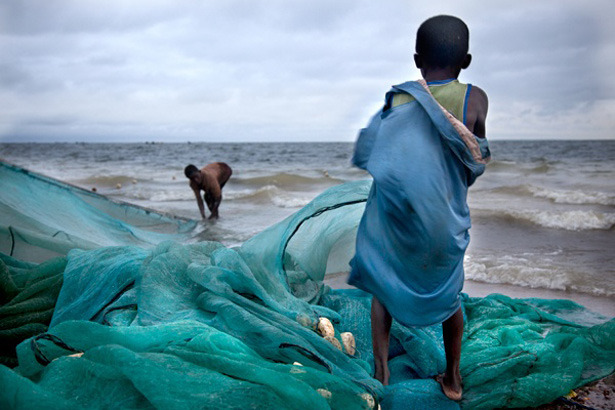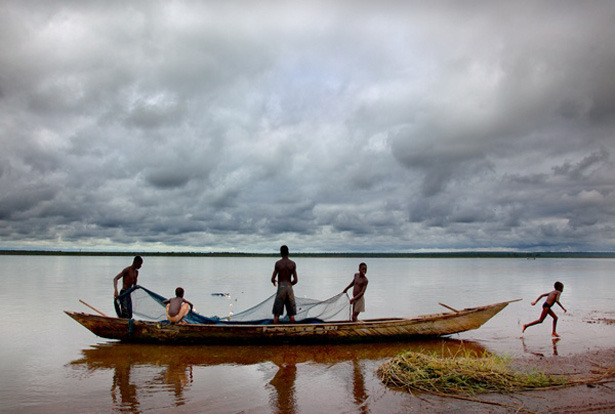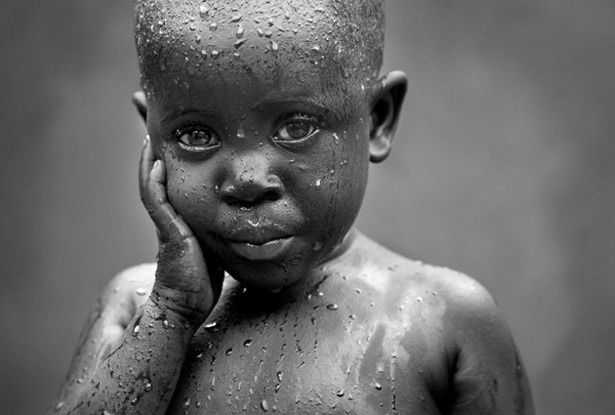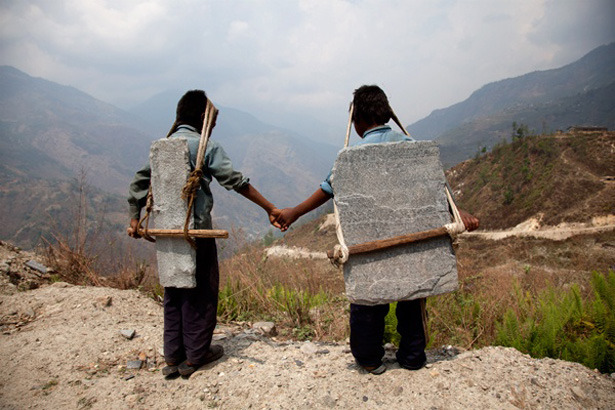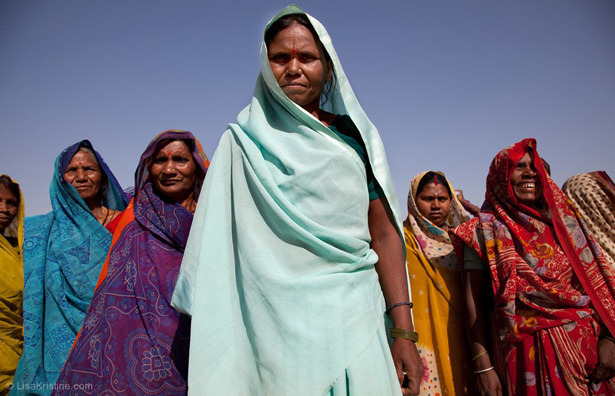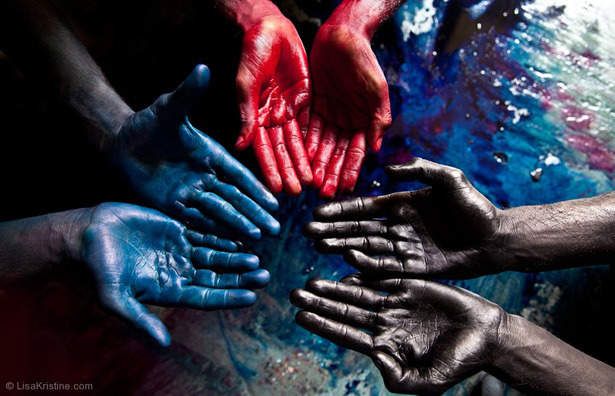Marine mammals living in captivity may appear happy and healthy, but the harsh reality is the aquatic entertainment industry exploits the animals for profit. Here’s why they deserve to roam free.
Orca show at SeaWorld. roger4336. CC BY-SA 2.0
The definition of a cetacean is a marine mammal, but they are better known as dolphins, porpoises and whales. While not everyone has viewed these creatures in their natural habitats, there is a good chance they have been seen closer to home at a local zoo or aquatic institution. However, these businesses are in possession of cetaceans for entertainment purposes, not the well-being of the actual animals.
As breathtaking as it may be to see an orca, whale, or dolphin right in front of your face, these creatures have complex ways of thinking and living that cannot be maintained in a glass tank. Cetaceans are social animals, similar to humans, who thrive off interacting with other aquatic mammals. They are also extremely intelligent and need space to explore new concepts and create families. If kept in captivity and separated from their offspring, cetaceans suffer similarly to what a human may experience if they are depressed or anxious: physical ailments, raised stress levels, aggressive temperaments and even premature death. As a result, this changes the demeanor of the animals, and several trainers have been injured or killed over the years. Organizations using cetaceans for entertainment purposes overlook the basic needs of these animals and forgo moral and ethical standards for the benefit of their business.
SeaWorld is famous for its orca shows, dazzling spectators with what seem to be displays of happy creatures performing tricks willingly but are truly a collection of unhappy animals working for food in unsuitable tanks. Years of cetacean exploitation in this organization—and ones similar to it—were masked as research. SeaWorld claimed to save marine animals who had been injured in the wild by bringing them to their facility and rehabilitating them in a controlled environment. Upon further investigation, these claims were false, as some animals had been forcefully taken from their homes rather than rescued. Companies battled with lawmakers for years over the proposal of a law that would benefit the animals more than the humans in charge of them. The Orca Protection and Safety Act was passed in 2016, banning the breeding, capturing and performing of orcas in California. SeaWorld’s long reign amongst aquatic entertainment organizations crumbled.
While several states have adopted laws banning the breeding of orcas since then, there are still 59 whales in captivity across the globe and numerous other dolphins and beluga whales in the same situation. In recent years, China and Russia have become popular locations for orca breeding and performing.
Orcas in the wild. DrTH80. CC BY 2.0
One organization in Canada is now working to rectify the unethical treatment of these animals by creating a space for them to retire and return to the life a cetacean would normally live. The Whale Sanctuary Project is dedicating their time to supporting cetaceans bred and raised in captivity who may be retired, but have no home or family to return to. The Whale Sanctuary Project creates authentic sanctuaries for these animals, large bodies of water with adequate depth where whales, dolphins and porpoises can roam free and interact with other creatures in the same situation. Their work is the first of its kind in North America and will continue to improve the lives of cetaceans in need for years to come.
GET INVOLVED
Orca Network is a non-profit organization working to spread awareness about orca whales and other aquatic mammals living in captivity. To learn more about orcas, the effects living in captivity has on marine mammals and ways you can directly support these animals, visit Orca Network’s website and consider attending one of their virtual informational events.
Ellie Sabby
Ellie is a senior at the University of Minnesota Twin Cities, studying English literature. She is the Chief Online Editor and Chief Art Editor for undergraduate literary and art magazine, The Tower. In her free time, she enjoys writing poetry, reading anything by Shakespeare, and fulfilling her passion for traveling through a variety of spontaneous trips.






